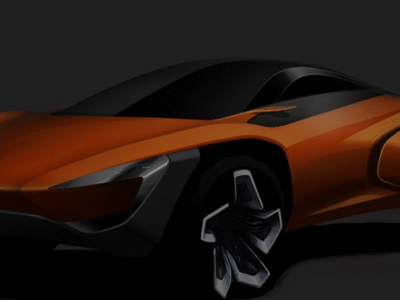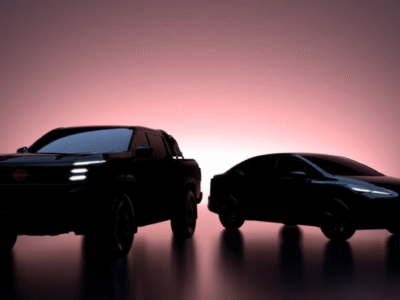
Human Horizons, the Chinese electric vehicle company, has unveiled its latest vehicle, the HiPhi Z, which bears a striking resemblance to a Star Wars speeder. Marketed as a “digital GT,” this vehicle combines elements of a sedan, crossover, and science fiction, adorned with an abundance of LED lights reminiscent of Times Square.
The HiPhi Z boasts the world’s first Star-Ring ISD (Immersive Screen Display) light curtain, featuring 4066 individual LEDs on front, rear, and side panels. These LEDs can display messages for both owners and passersby.
With a sleek fastback silhouette, the rear of the vehicle opens like a sedan’s trunk. The rear also features rear-hinged doors, 22-inch wheels, an active spoiler, and Matrix LED headlights.
The interior is equally futuristic, bathed in ambient lighting, including the steering wheel. It showcases a large central touchscreen that can rotate towards the occupant upon command and features an unusual interactive cube for accessing various applications.
An Artificial Intelligence companion named HiPhi Bot can automatically adjust all aspects of the driving and passenger experience. While lacking a traditional instrument cluster, there is a front display screen. The dashboard is wrapped in suede, and the seats are upholstered in Nappa leather with a pearlescent finish. Individual cubes in the rear flank a large console.
Additional surprising features include 14-position electric front seats with massage, a crystal gear selector, and a 23-speaker Meridian sound system. Fragrance is pumped into the cabin.
The HiPhi Z incorporates a set of 32 sensors for active safety features and driver assistance, including LiDAR, 13 cameras, five individual millimeter-wave radars, and 12 ultrasonic radars.
Powered by a 120 kWh battery, it claims a range of 705 km in the more generous NEDC cycle. The company touts Cell to Pack technology aimed at increasing energy density. Although power and torque outputs haven’t been officially released, the HiPhi Z is claimed to accelerate from 0-100 km/h in 3.8 seconds.
Car News China suggests it will produce 447 kW of power and 820 Nm of torque with a dual-motor all-wheel-drive system, while a single-motor rear-wheel-drive model will produce 224 kW and 410 Nm.
Beneath the futuristic metal sheet of the HiPhi Z lies a platform with double-wishbone front suspension, five-arm rear suspension, and rear-wheel steering. It features air suspension with Continuous Damping Control.
The HiPhi Z will make its physical debut at the Shenzhen Auto Show this week, with release dates to be disclosed at the Chengdu Auto Show in August. Pricing is set between approximately $130,278 and $188,951.
“The vehicle itself looks, feels, and drives like a car from 20 years in the future, providing insight into the future of human-like technology and transportation,” says the company, emphasizing the smooth transition from last year’s concept to this year’s production model.
Through rigorous testing and development, HiPhi Z has retained over 95% of its previously revealed production intentions, according to Ding Lei, founder, CEO, and president of HiPhi.
This marks the second unveiling for the HiPhi brand after the X, marketed as an electric “super SUV” with butterfly doors resembling Tesla’s Model X but with a lower profile.
Founded in 2017 by automotive industry veteran and former politician Ding Lei, Human Horizons positions itself as a new intelligent research and mobility company aiming to redefine human mobility through smart transportation technologies and contributing to smart city development. Based in Shanghai, the company launched its ‘HiPhi’ (pronounced Hi-Fi) brand of ‘premium smart fully electric vehicles’ in 2019, rapidly expanding with the claim of selling 4237 vehicles in 2021.







